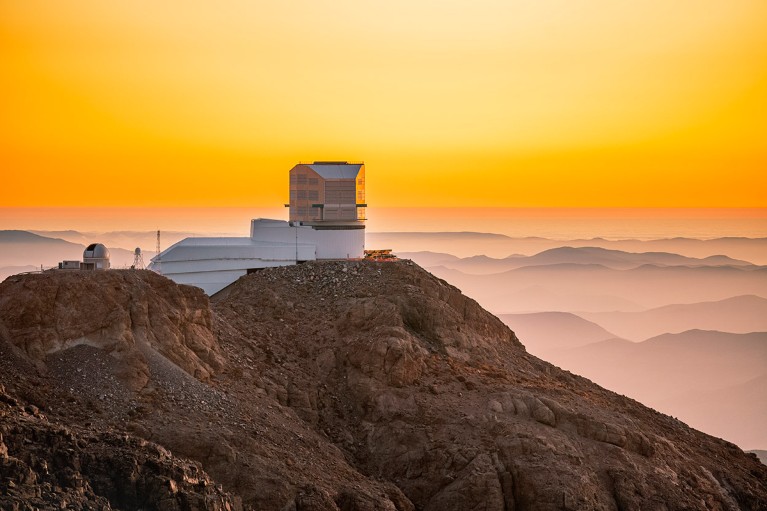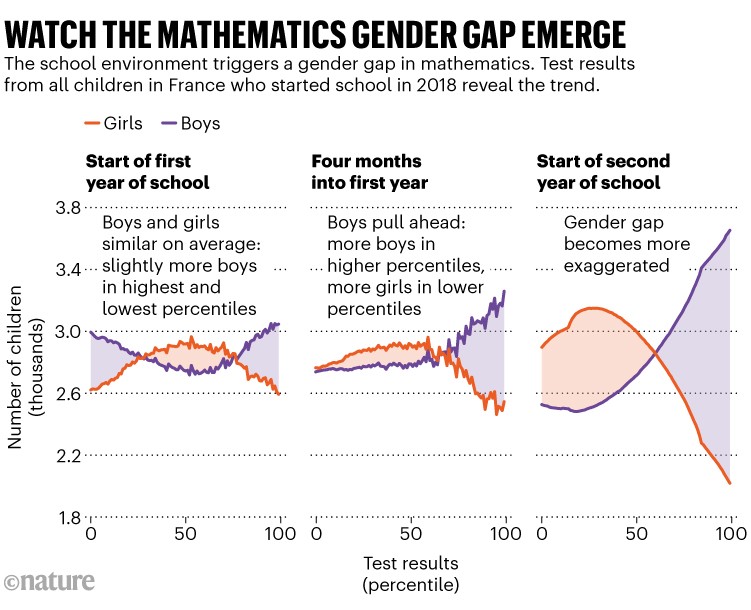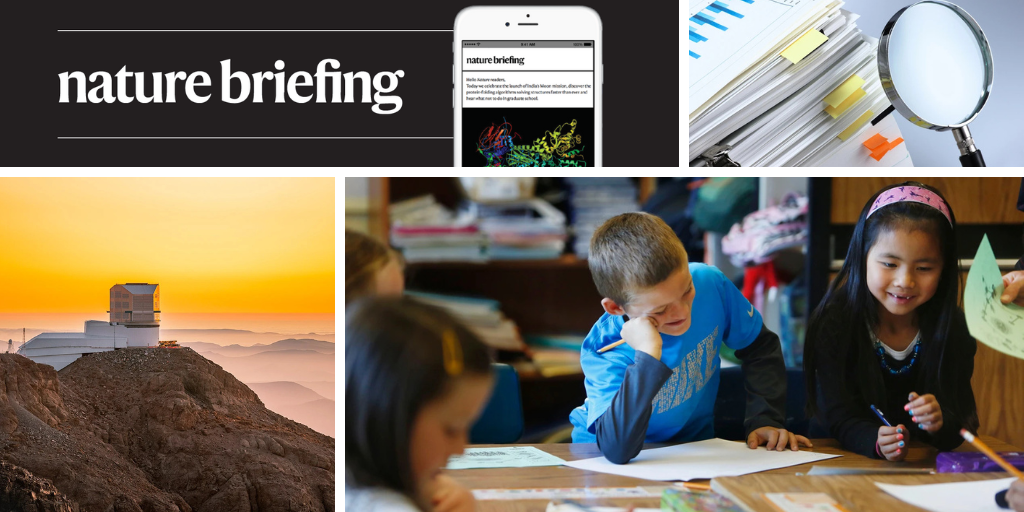You have full access to this article via your institution.
Hello Nature readers, would you like to get this Briefing in your inbox free every day? Sign up here.

The Vera C. Rubin Observatory, in the Andes Mountains in Chile, will map the entire southern sky every few nights.Credit: Petr Horalek/Science Photo Library
In the coming months, the Vera C. Rubin Observatory will begin using the world’s largest digital camera to map the entire southern sky every few nights. The data will fuel a range of research, from mapping the history of the Universe and its dark matter contents to tracking potentially dangerous objects in the Solar System. The observatory will also capture transient and variable astronomical events in real time. “We are going to be able to release alerts worldwide on anything that moves or changes brightness — 8 million alerts per night,” says astronomer Tony Tyson, who first envisioned the concept for the telescope in the 1990s.
A group of research-integrity experts have launched the Collection of Open Science Integrity Guides (COSIG), a toolkit for budding sleuths that outlines how to spot suspicious scientific papers. The 27 freely available resources explain how to spot image duplication, citation manipulation, plagiarism and the hallmarks of paper mills. “We want to arm scientists with the tools to uphold the integrity of the literature,” says metascientist Reese Richardson, who contributed to the project. “Really, anybody can do it.”
Reference: Zenodo preprint
Around the world, teenage boys outperform girls on mathematics tests, and men are more likely to pursue related careers. Now, a gigantic study of schoolchildren in France pinpoints that this ‘mathematical gender gap’ appears during the first year of school. “This paper suggests that the gender inequalities in children’s maths performance aren’t innate or inevitable,” says psychologist Jillian Lauer. “If we want to stop girls from falling behind, we need to focus on their early experiences at school.”

Source: Ref. 1
Features & opinion
A mysterious epidemic that researchers have dubbed chronic kidney disease of unknown cause (CKDu) has arisen in more than half a dozen hotspots in Central America and around the world. It often affects young, otherwise healthy men, many of whom are sugar-cane cutters or other agricultural labourers. One of the prime suspects for a cause of CKDu is hard work in extreme heat, compounded by a lack of breaks, suitable hydration or medical care. “You’re having this acute kidney injury day after day,” says emergency-medicine physician Catharina Giudice. “Then you progress to a state where the cells can’t recover fully.”
This week, physicists are gathering on the German island of Heligoland to commemorate 100 years since the advent of quantum mechanics. “Yet physicists and philosophers cannot agree about even the basics” of what quantum theory says about reality — and above all its strange suggestion that we as observers might play some part in creating it — writes philosopher of science Alyssa Ney. She explores how revisiting connections between ideas that have been around for more than half a century might bring the two camps together — and create “a new conception of what ‘real’ means”.
Image of the week

In a Christmas miracle, researchers caught Gonatus antarcticus, a deep-sea squid species, on camera for the first time on 25 December 2024. The team spotted this three-foot-long individual during an expedition in the Southern Ocean using a remotely operated submersible. Never before seen alive, the species was recognizable by a large hook at the end of each of its longest tentacles, says cephalopod researcher Kat Bolstad. (Popular Science | 5 min read) (ROV SuBastian/Schmidt Ocean Institute)
I’m delighted to share that Nature Briefing was recognized last night as the best science newsletter 2025 by the Publisher Newsletter Awards. As we come up to eight years and more than 2,000 editions of this Briefing, I couldn’t be more grateful to all our readers. Thank you!
As a token of my appreciation, come with me as we discover the Brian Deer Classification (BDC) system for libraries. Kahnawá:ke librarian Brian Deer developed this alternative to the Dewey Decimal system, which relegates Indigenous materials into a small section of ‘history’. I enjoyed the story of why a group of teacher-librarians in Canada adopted the BDC system for their schools.
Let me know your favourite classification system — I see you, newly unified global taxonomic checklist for the world’s birds! — plus any other feedback on this newsletter, at [email protected].
Thanks for reading,
Flora Graham, senior editor, Nature Briefing
With contributions by Jacob Smith
• Nature Briefing: Careers — insights, advice and award-winning journalism to help you optimize your working life
• Nature Briefing: Microbiology — the most abundant living entities on our planet — microorganisms — and the role they play in health, the environment and food systems
• Nature Briefing: Anthropocene — climate change, biodiversity, sustainability and geoengineering
• Nature Briefing: AI & Robotics — 100% written by humans, of course
• Nature Briefing: Cancer — a weekly newsletter written with cancer researchers in mind
• Nature Briefing: Translational Research — covers biotechnology, drug discovery and pharma


